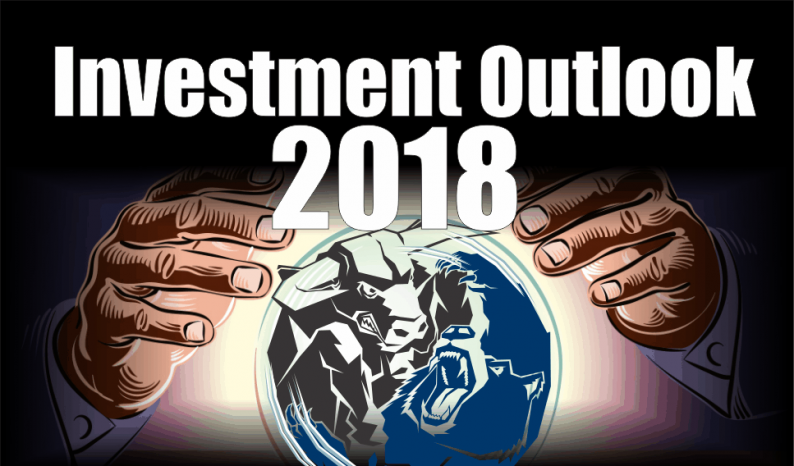
The following outlook provides our investment thoughts for the coming year. We did not include specific recommended asset allocation weightings for the major asset classes, as they will be part of Real Investment Advice premium services.
Market Fundamentals
The confluence of improving synchronous economic global growth and hyper-inflating asset markets is urging central bankers to pause extraordinary policies and, in many cases, begin reversing them. While not obvious to most, monetary policy error has been in play since quantitative easing commenced in 2009, but the consequences will not appear until future central bank actions to raise interest rates and reduce their balance sheets affects commerce. The yield curve, credit spreads, and financial conditions can provide indications of when this may occur.
Market Fundamentals Commentary
Record highs in stocks, near-record lows in bond yields and historically tight credit spreads present significant challenges for investors. Economic data has improved, but many fundamental economic gauges remain soft relative to pre-crisis averages and inconsistent with asset price levels and valuations. Most investors do not seem at all concerned as money continues to move into risky asset classes, a classic sign of a bubble. While a defensive posture seems prudent, the technical picture remains supportive of further gains. One should respect the momentum behind these moves for the foreseeable future but be mindful that liquidity can evaporate quickly.
The primary investment theme remains “buy the dip.” That approach has worked amazingly well, a testament to the sustained strength of markets. Thanks in no small part to gradualism from the Fed on interest rate and balance sheet normalization, the blind assumption is that the favorable trajectory of risk assets can be endlessly extrapolated into the future.
There is a distinct difference between taking a defensive posture and a negative one. Remaining full-bore aggressively long at this juncture is a speculative endeavor akin to letting our kids play in the median of a busy highway. Proper care and stewardship of wealth means being protective and forward-looking to avoid large losses.
“The peer pressure and career risk of bolstering one’s defenses in a Pamplona-style bull run are palatable, but wealth is most effectively compounded by avoiding large losses not chasing returns with the irrationally exuberant. Many investors and others are stumbling confidently forward playing the role of the genius in a bull market. The prudent manager worries about the trifles of liquidity at a time when it is so plentiful it seems unreasonable to worry. Liquidity comes at a cost, but excess liquidity in times of crisis offers both priceless protection and clear-headed decision-making opportunities that are rare indeed.” –Liquidity Defined 12/14/2017 –The Unseen
Outlier scenario – The market is far more sensitive to changes in interest rates than currently perceived. If the Fed continues to increase the Fed Funds rate and reduce their balance sheet in response to low unemployment and moderate levels of inflation, economic activity will decline. The result is a recession that initiates the unwinding of leverage accumulated in the system compounded by and revealing many layers of hidden risks.
Federal Reserve Outlook
The Fed gets new leadership early in the year in Jerome Powell, but he appears to be using the same playbook as Janet Yellen.
Federal Reserve Commentary
Given his time as a Fed board member and non-controversial positions on policy, Fed Chair nominee Jerome Powell should have no trouble being confirmed. He echoes many of Janet Yellen’s perspectives, and his demonstrated comportment is similar to that of the post-GFC era Chairmen. In the near-term, such a status quo transition is constructive for risk markets. However, the lengthy duration of the current economic cycle and the lofty valuations present when Powell assumes command make it hard to argue that the current environment is stable.













Leave A Comment